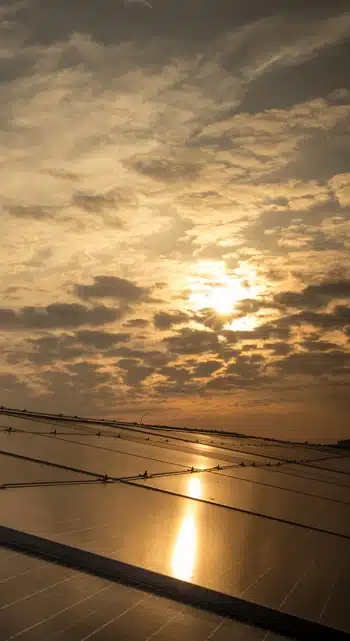
When you choose our Solar Pumps, you get more than cutting-edge technology. Our planet's sustainability, cost-effectiveness, and independence from grid power are what you choose!

The stainless steel body maximizes durability and reduces friction and corrosion.

Performance is paramount to us. Our IP54-grade controller ensures seamless water management even in challenging environments.

Our pump systems rely on solar panels from top manufacturers that deliver consistent, eco-friendly water solutions for you.

Our systems are all MNRE or BIS-approved, which ensures all safety and quality requirements are met.
An extensive product line to meet all your needs

River
Lifting

Drinking
Water

Crop
Irrigation

Cooling
Unit
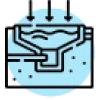
Water Treatment
Plants
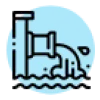
Water Distribution System
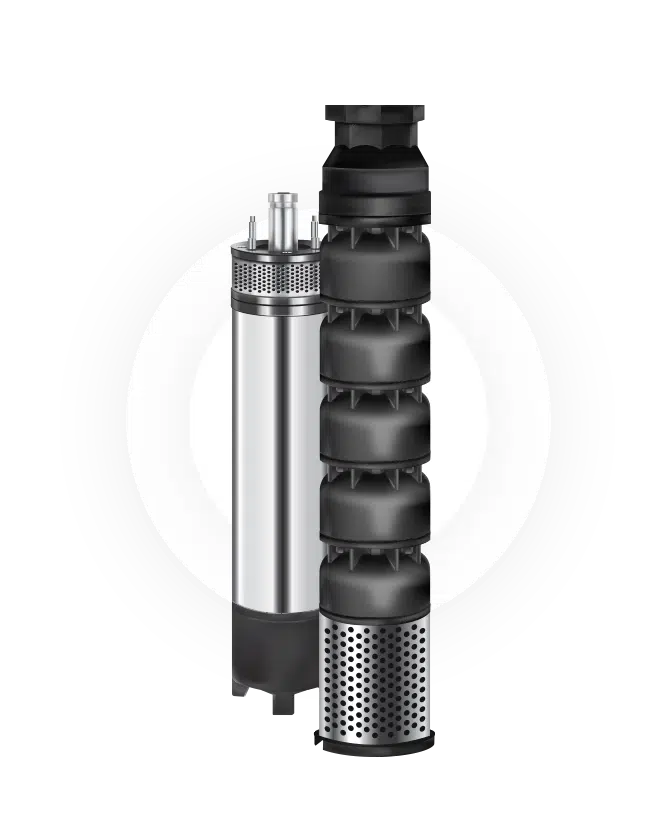
This is the future of India's agriculture! Designed for easy use and reliability, our Solar Submersible Pumps are the perfect choice for remote, rural areas and deep water bodies!






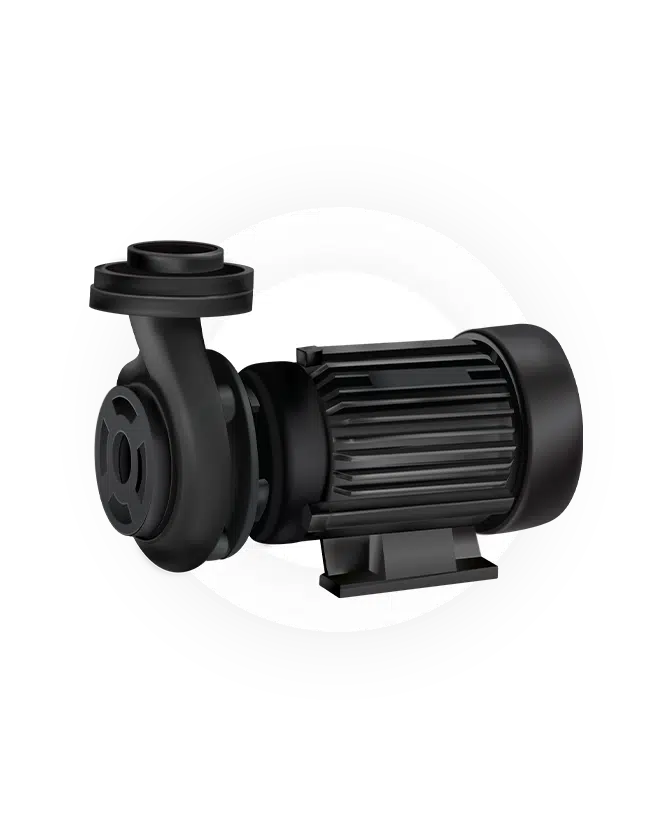
With our Solar Surface Pumps, your crops will receive the water they need to thrive and yield the harvest of your dreams!






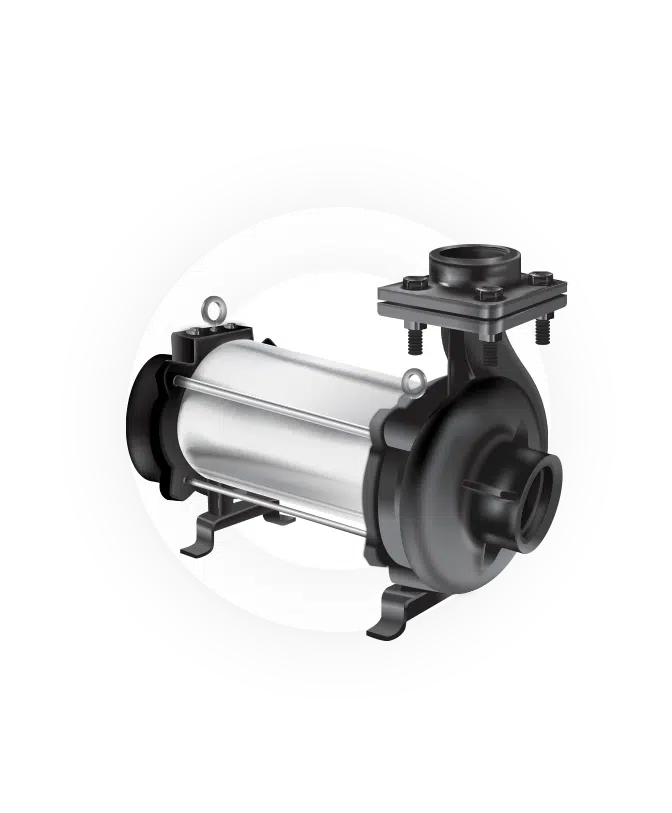
Whether you are a farmer looking to irrigate your fields or a homeowner looking for a dependable water supply - our Openwell Solar pumps will meet your needs!






We offer an all-in-one Solar Pump Solution to make your life easier.






Here’s a glimpse of how our Solar Water Pumps revolutionize the rural agricultural scene and change the lives of millions!
SunShell power provides smart and simple renewable energy and energy efficiency solutions in various towns/districts.
Still confused about solar?
Here are some frequently asked questions.